From peerless car artist Alan Fearnley:
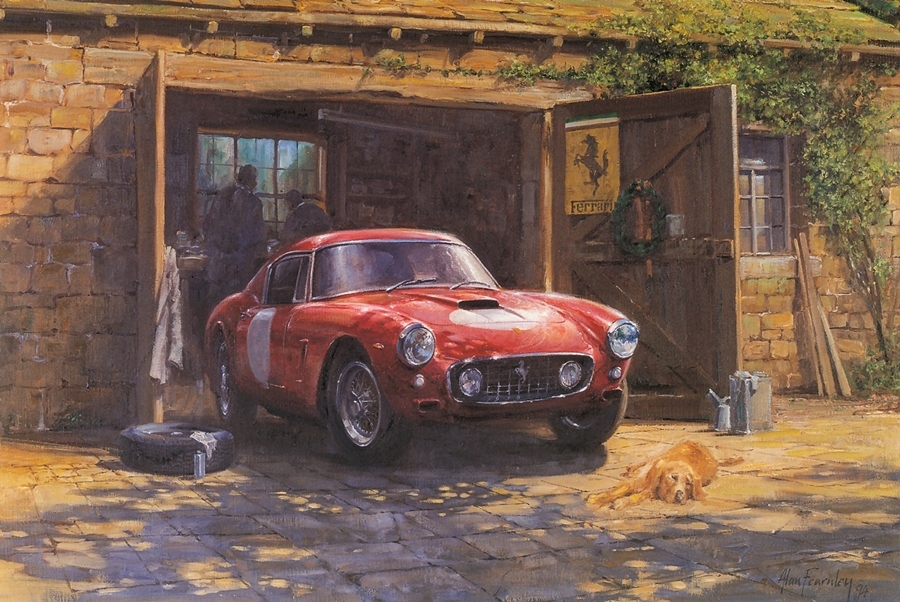
(right-click to embiggen and save as wallpaper — as I did)
Note the dog… which makes the pic about perfect.
The only thing wrong with this scene is that I’m not the owner of the Ferrari.

From peerless car artist Alan Fearnley:

(right-click to embiggen and save as wallpaper — as I did)
Note the dog… which makes the pic about perfect.
The only thing wrong with this scene is that I’m not the owner of the Ferrari.
I came across this article recently, and it made me think:
Classic Ford Cortina dubbed ‘most significant vehicle EVER’ hits auction for eye-watering price
“Most significant vehicle ever?” Ah don’ theenk so, Scooter.
Granted, the Cortina Mark 1 was a sensation when it first came out in Britishland, despite being as ugly as sin and underpowered.
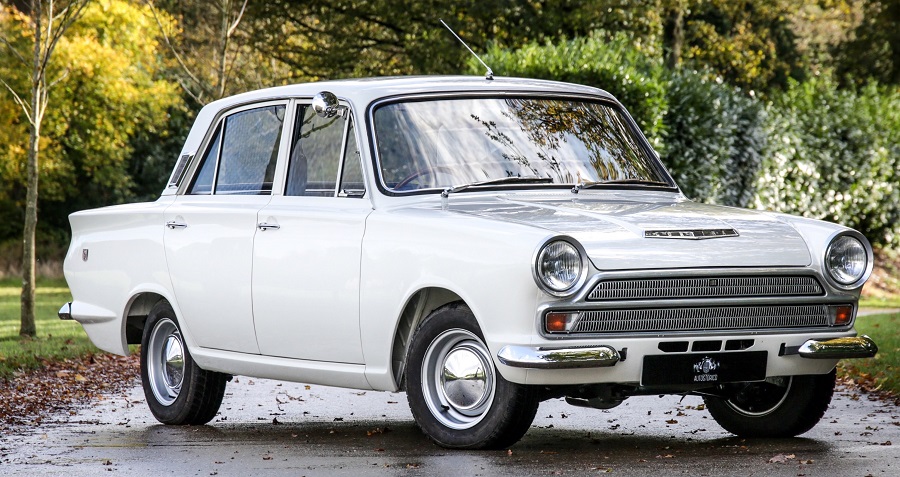
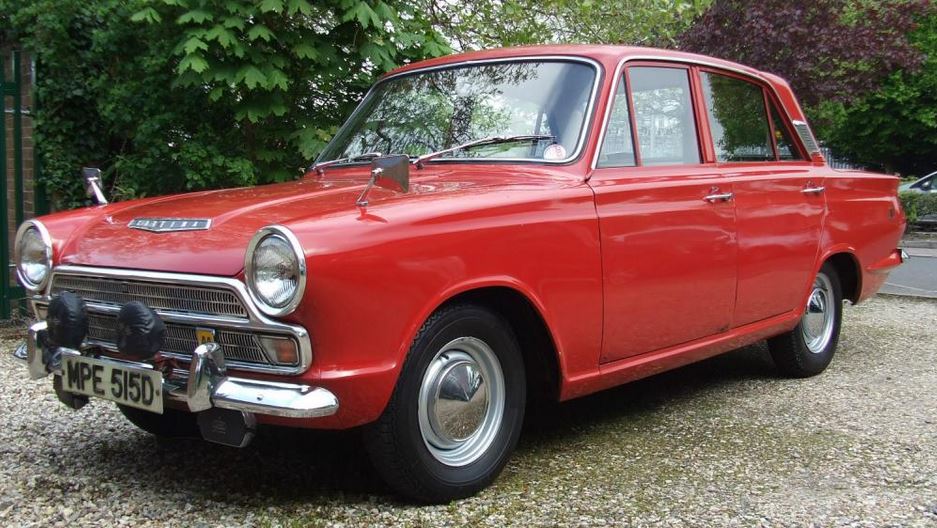
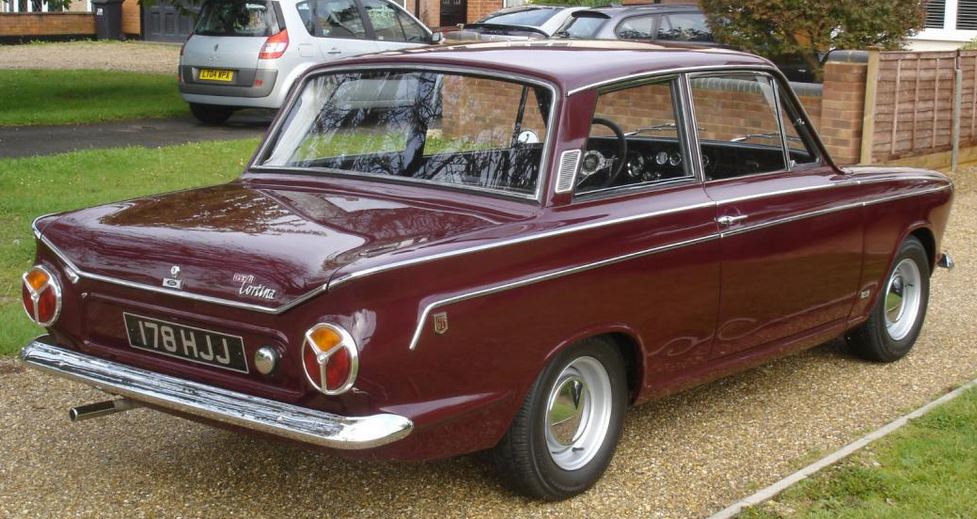
But (and I can attest to this, having driven more than one in my life) they were fun to drive, in no small part because of their all-syncromesh gearbox (a real innovation for the time). Sure, that 1200cc (later 1500, then 1600cc) four-banger was not a muscle-car engine — the peppiest version, the GT, developed a manly 78 bhp. But of course, because the Cortina wasn’t encumbered with all the safety-Nazi bullshit of the modern era, its curb weight of only 1,700 lbs made it very nimble (at about 100 bhp per ton).
And now to the point of this post. I will acknowledge up front that the Ford Cortina Mark 1 may very well have been one of the most significant cars of 1960s Britain.
What, O My Readers, do you think was the most significant American car of the 1960s?
Included would be its technical advances, its effect on car drivers’ psyches, its effect on future car design, or whatever you think would constitute “significant”.
Not having grown up Over Here, my guess would be the 1965 Ford Mustang pony car:
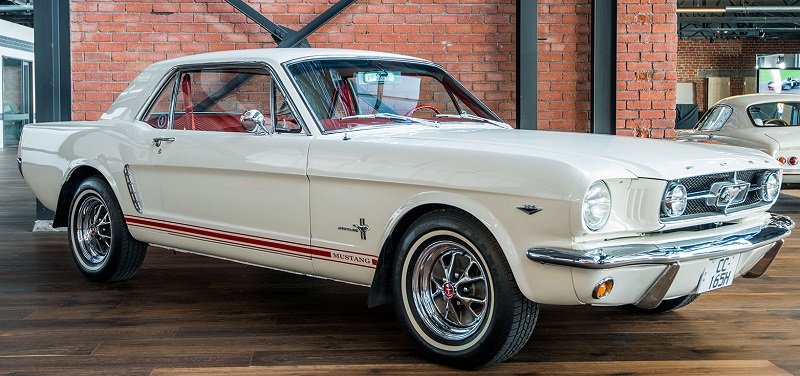
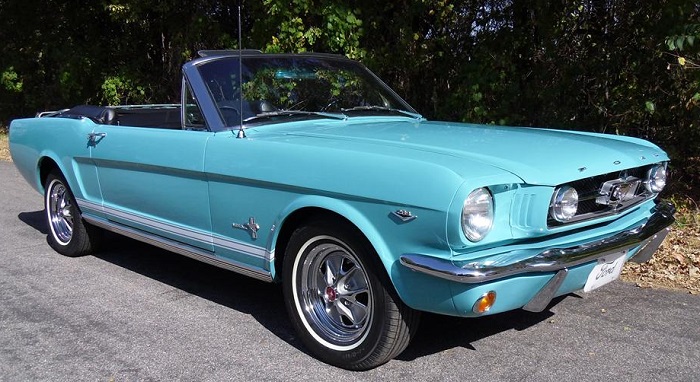
…but I will willingly accept some rebuke from devotees of other cars of that decade.
Off you go to Comments, and show me the error of my ways.
Apparently, Keef’s old Dino is on the market:
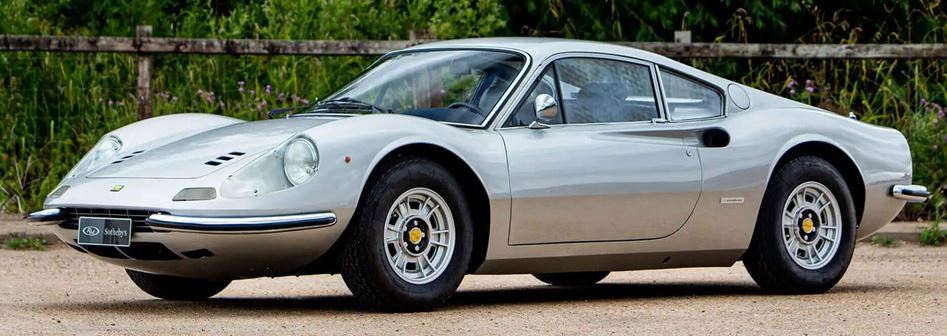
There’s no way I’d ever pay over $400 grand for a Dino — even if it is the car of my dreams — and especially not if it’s been home to Keef’s hairy ass. (Because you just know he drove it whilst naked, at least once.)

…in which Iain Tyrrell falls in love with the Iso Grifo (and who wouldn’t?). American V8 engine coupled with Italian Giugiaro styling…
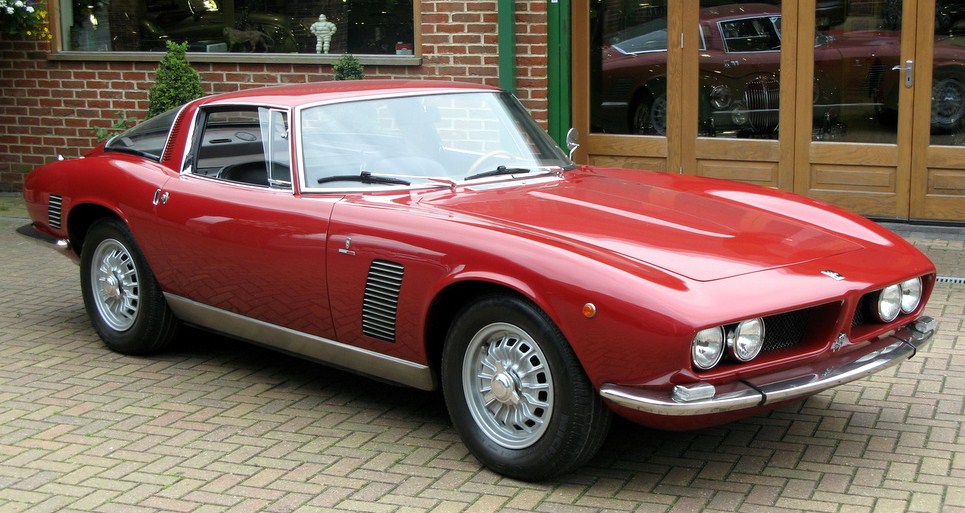
It’s not really my cup of tea — too bulky — but watching the normally-imperturbable Iain lose his heart (during the first time he’s ever driven an Iso) is absolutely worth the price of admission.
And for the well-heeled, here are your options.
So much for electric cars, then:
Is the electric car really as green as it appears?
Executive summary: no. Not even close. Here’s the true cost of manufacture (even granting ad arguendo that CO2 is all that bad for us):

And here’s the pesky particulate pollution comparison (see article for explanation):
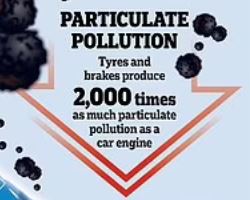
So, as we all knew, the risible NetZero goal is a waste of fucking time (the true executive summary).
But, as Sage Commenter Butch put it yesterday:
“The objective is not to get us all into ‘cleaner’ EVs. The objective is to deprive us of personal transportation and freedom of movement.”
What he said.
And now, if you’ll excuse me, I’ll go back to drooling over Kim’s Lotto Dream Car, the 2002 BMW Z8 with manual transmission — which on a good day gets 15mpg from its 5-liter V8 gasoline-powered internal combustion engine:
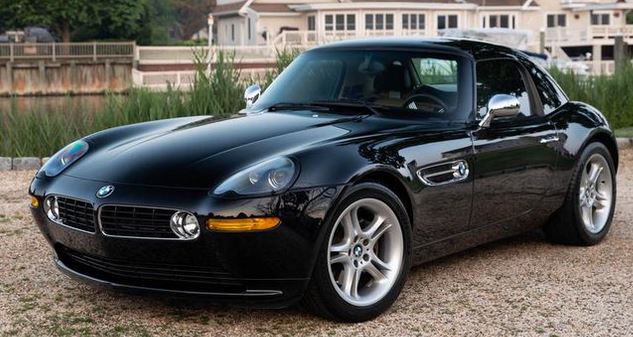
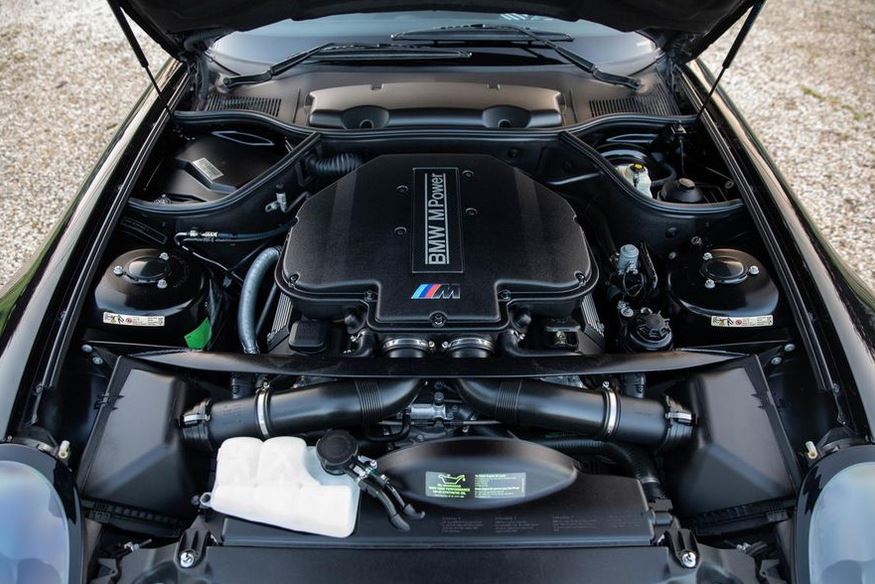
…and that only if you don’t floor the gas pedal. [exit, drooling]
We’ve done the Mille Miglia before, so why not the Tour de France?
I know, the TdF is a bicycle race, but that’s an exercise for young men, fitness freaks and fools [some redundancy]. Also for soldiers of foreign extraction:
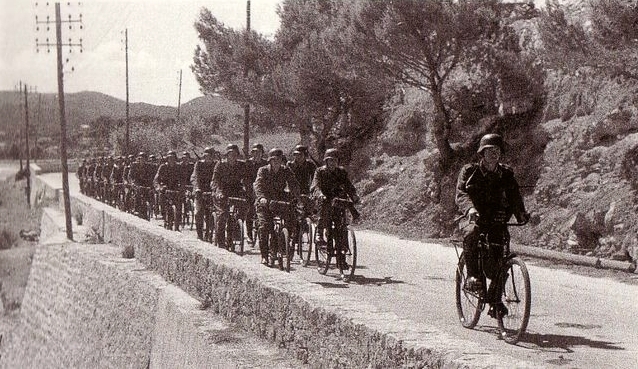
…but let’s not go there.
This time, we’re going to do the thing in cars.
Now annoyingly, the course changes every year (unlike the Mille Miglia) because it’s organized by Frenchmen, but let’s just go with the one below (don’t know the year, maybe 2008):
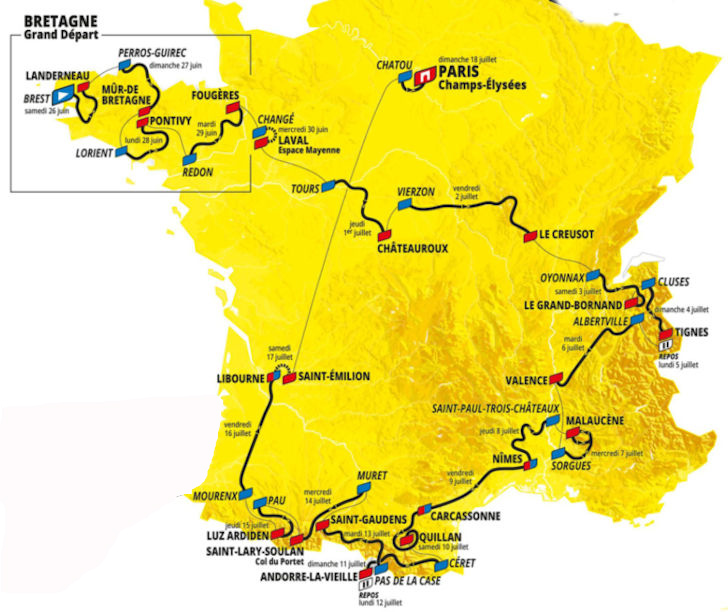
You’re going to start in Brest on the west coast, take a huge loop around the country, and then up to Paris for the finish. Assume the dotted lines will be roads.
Now the fun part: I’m going to divide it into three stages, and you must use a different car for each stage. And you can only use cars made in Europe (including the U.K.). Also, no GPS devices or software like Google Maps are allowed: paper maps only.
Stage 1 will be the road from Brest to Le Creusot. It’s largely flat, some rolling hills but nothing that a car of any vintage couldn’t handle. So: nothing made after 1960.
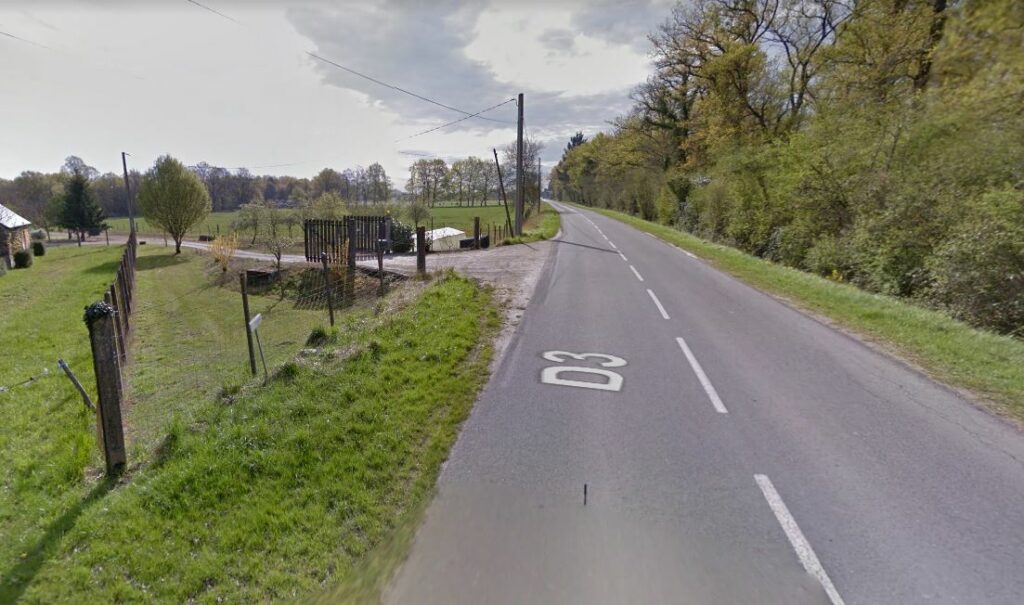
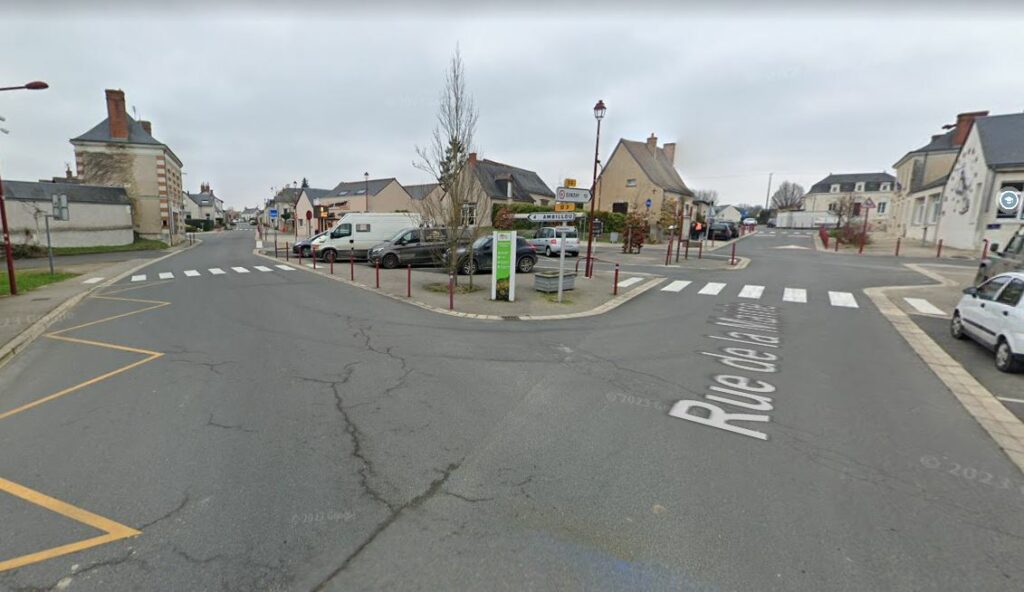
Stage 2 will be mountains, mountains and still more mountains, from Le Creusot along the Alps, thence above the Midi coast to the Pyrenees, ending in Mourenx near the Atlantic coastline. (I’ve done a tiny part of the lower stage along the Midi, and it’s both beautiful and taxing.) Speed, therefore, is not a premium, but roadholding most definitely is. As for the car: anything made between 1960 and 1990.

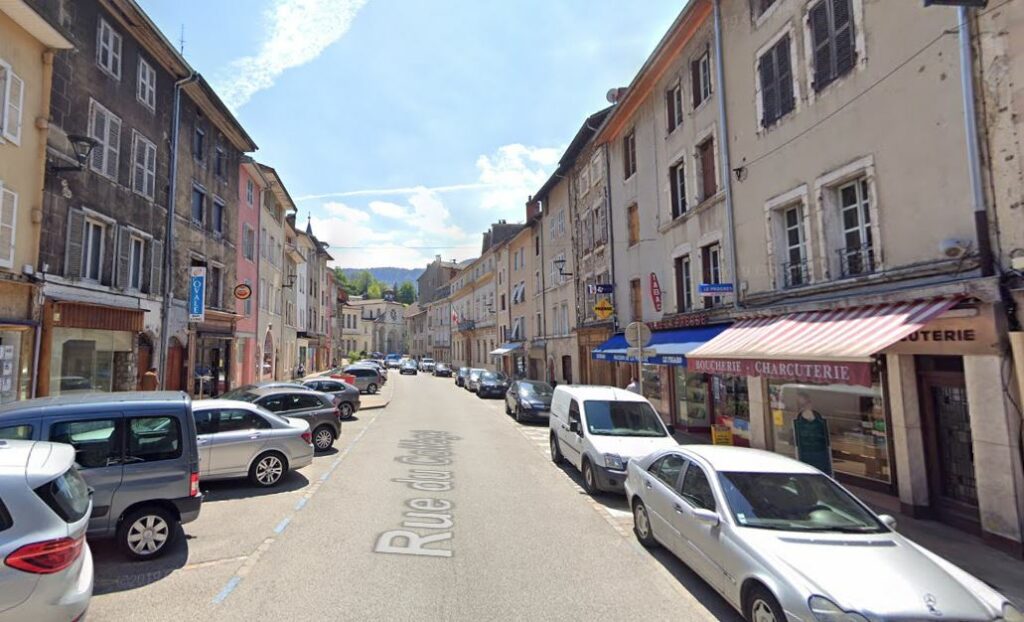
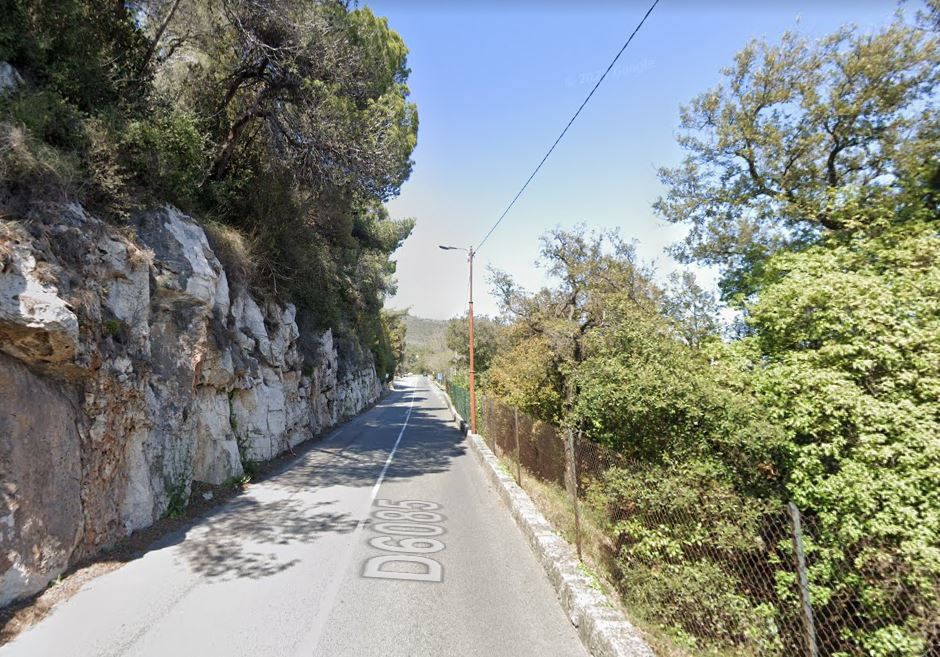
Stage 3 is from Mourenx to Paris — a flat-out dash over flat land along mostly straight roads which can be taken at any speed. When you get to Paris, you’ll have a celebratory dinner at one of Paris’s finest restaurants. The car: 1990 until today. (Indulge yourself, if you want, in a modern dream car, something that would look good as you show up at the George V or Ritz hotels.)
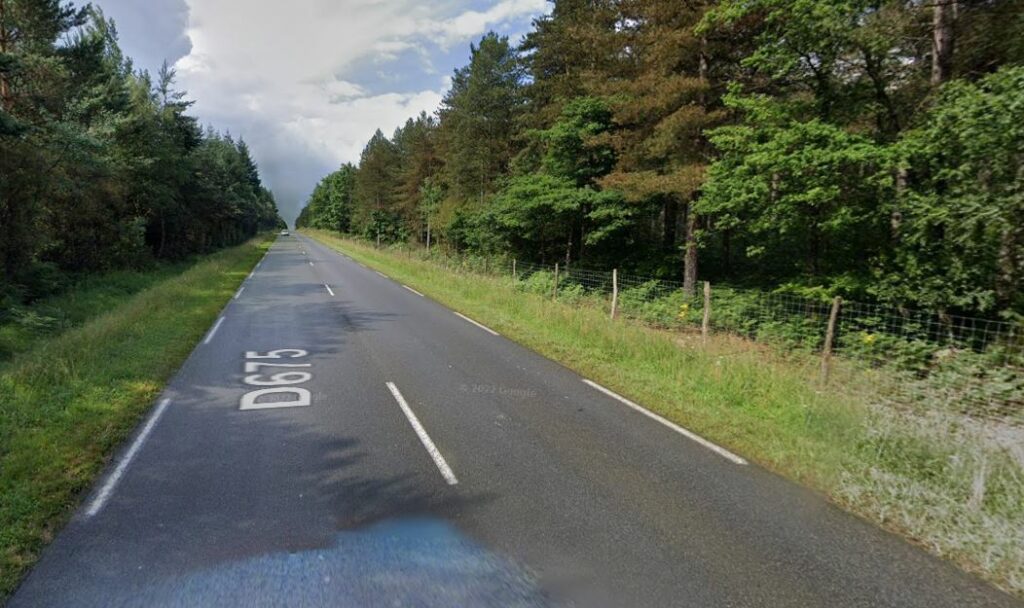
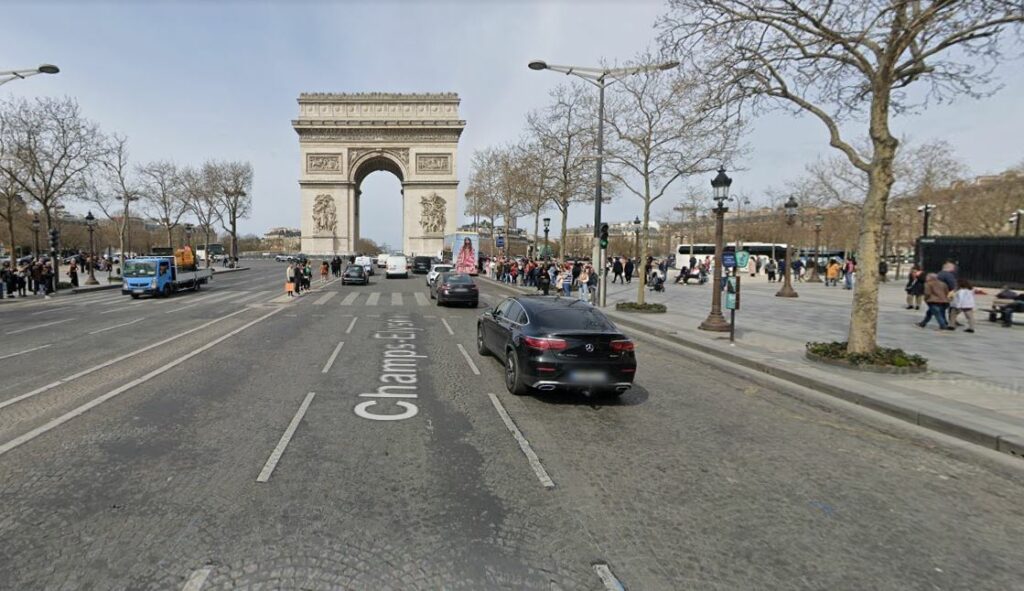
There are a couple of caveats: the TdF does not do highways or even wide roads. They are narrow, sometimes run through small towns (much like the MM), and the road signs can be baffling — sometimes, U-turns may be necessary. It’s an adventure, and more often than not, the shortest way is not necessarily the prettiest.
Finally, you’ll probably want a French companion, for translation etc. purposes. A different one for each stage, so as not to get sick of their nonsense.
I’ll start the ball rolling with my choices: